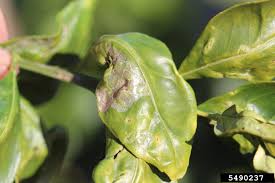Lime trees can give you fruits if you give them good care and avoid problems such as Lime tree leaf curl.
Limes love a warm temperature, so you need to ensure you put them in a place where there is full sunlight.
Your lime tree can give you much joy when it’s growing up and producing yields at the right time.
If you put the lime plant in place with extremely cold or hot areas, the tree becomes unhealthy and affects its growth and development.
What is a lime tree leaf curl?
A lime tree leaf curl is when the leaves begin to curl inwards or upwards while retaining their green coloration and feels dry to touch.
Lime tree leaf curl happens when the temperatures are very cold or too hot or other pest related issues.
When you start experiencing your limes’ problems, you might worry because it will need much care to revive it. Curling leaves is a big issue for your lime tree.
So you need to know what to look out for if there are symptoms of curl problems when growing a lime tree and learn how to handle them.
Closely monitor the plant, and you will know how to deal with leaf curl, and it will help you understand how to treat the tree appropriately.
Here are some of the causes of lime tree leaf curl
Are you experiencing leaf curl and wondering what is causing it? Some of the reasons why it happens as below;
1. Winter season causes lime tree leaf curl
Lime trees leaves do curl downwards during the winter season due to the low temperature that is not favorable. Lime is not friendly to the frost, so the leaves will bend when the winter comes.
It’s common, so if you monitor the tree and confirm that there are no signs of pests and diseases, you will know how to deal with the temperature.
2. Pests and diseases lead to lime tree leaf curl
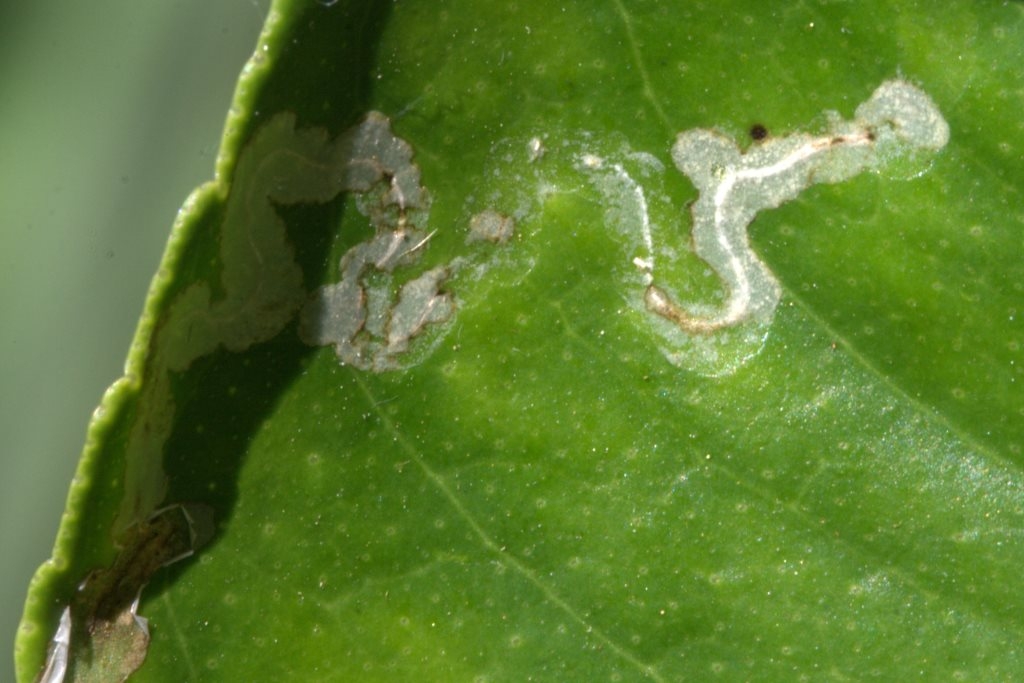
If you begin noticing the lime tree curl, it means the pests are sucking the leaves and extract juice out of them. So you need to check the leaf’s undersides for those tiny pests in the clusters to help you confirm it’s the issue causing the leaf curl.
Pests such as aphids, psyllids, and mites, leaf miners are the most common ones amongst lime trees and cause the leaf curl because it prevents them from expanding fully.
3. Drought brings lime tree leaf curl
During the drought, lime trees curl inwards, and the tree starts to feel dry to touch. These symptoms will appear because the tree lacks enough watering. Hence, the soils are not receiving enough to sustain the plant moisture.
4. Water stress
When you under-water or too much watering a lime tree, it causes the leaves to curl. If you do not flood the lime tree, the leaves will turn dull green and dry out. The tips of the lime leaves will crisp downwards hence an effect of lime tree leaf curl.
5. Potassium deficiencies lead to lime tree leaf curl
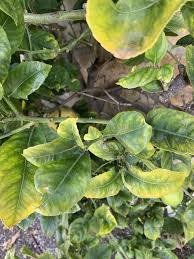
When lime tree leaves develop a yellow cast that is bent downward at the plate’s tip, it implies deficiencies. The tree isn’t getting enough nutrients and fertilizers to aid its growth and health. Lime tree leaf curl comes in when there is a lack of potassium in the soil.
What to do about Lime tree leaf curl?
1. Cut off curling leaves and branches.
Remove the affected branches from the lime tree with the curl effects to not affect the other leaves. Trimming and pruning help increase airflow and photosynthesis.
Keep the ground under the tree clean. You will slowly avoid the curling disease from affecting leaves and spreading to the less contaminated leaves.
2. Spray the lime tree.
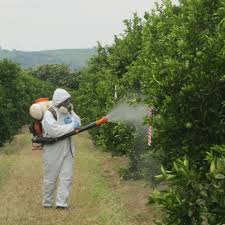
Spray with neem oil and a mixture of pest oil and repeat every two weeks. This oil will deter the pests, kill them, and keep them away, and they will be gone off you spray concurrently.
You may consult with a tree expert if you do not know which disease your lime tree is suffering from at the moment.
3. Treatment for drought conditions.
You need to apply a 3-inch mulch to the soil and add water thoroughly because the roots might be dry.
Put a thick layer of mulch and add organic to the ground hence retrieving the lime tree healthiness.
4. Water the lime tree deeply
When the lime tree is drying out and has heat stress, you need to water it. Do it once or two times a week, to lessen the pressure from the heat. Doing this will help the lime tree leaf regain its softness when you touch it.
5. Check the soil pH levels and nutrients.
Before fertilizing the lime trees, you need to ensure no more significant problems that the soil is having apart from the nutrients issues. If you confirm it’s the soils, add an extra dose of organics or fertilizers to improve the lime tree health.
Give the tree enough water to enable potassium movement throughout the root system and revive its growth.
6. You can provide shade
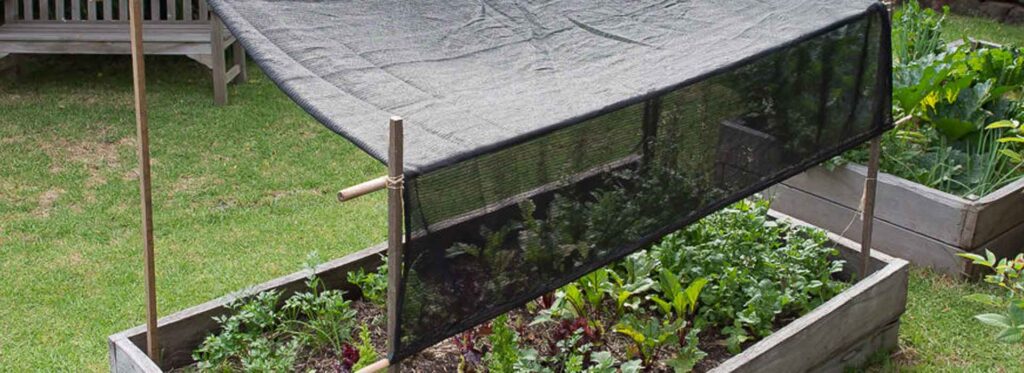
Put the lime tree under a shade when facing too much heat, and if it is currently in a shadow. It does not have enough breathing space; please remove it and put it where there is enough space.
Lime tree leaves turning yellow.
Different problems affecting lime trees resulting from a lack of nutrients can make your lime tree turn from the dark green tree to yellow. These color changes happen because of the factors below;
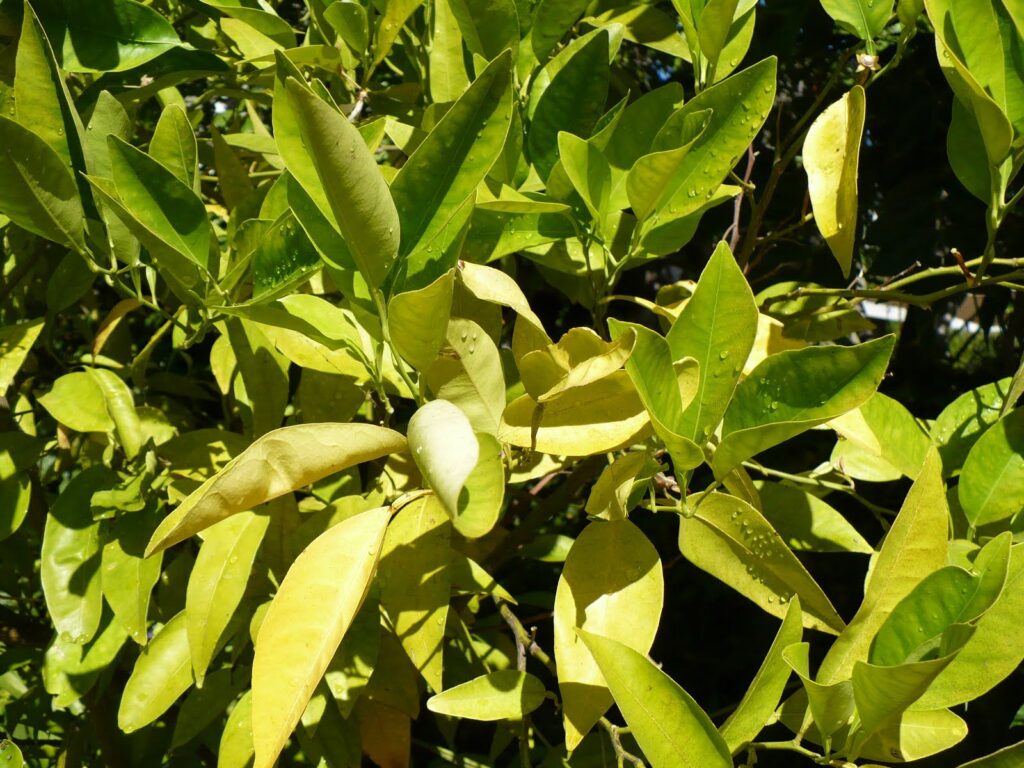
1. Nutrient deficiency
The lime leaves’ primary tissue turns yellow because it lacks some nutrients, much as the veins might remain green. However, if you do not care for the veins, they will eventually turn yellow, and leaves will drop off.
The yellowing process is chlorosis, mainly caused by a lack of zinc, manganese, and iron.
You can treat chlorosis by spraying the lime tree with a mixture of chelated zinc, iron, and manganese to help the tree regain its nutrients.
If the lime tree is in a pot, you can add fertilizer to the lime tree at least once a month in the active growing season.
2. Poor soil pH
If you grow a lime plant in the soil out of the plant’s optimal pH range, it will lack some nutrients in the roots, causing the leaves to turn yellow.
The best soil pH for a lime tree is around 7.0 so if you realize the soils where you are planting the lime tree are acidic, add calcium carbonate to raise the pH levels. However, if the surface is alkaline, you need to lower the pH by adding sulfur or organic material.
3. Too much watering
Over watering a lime tree plant will freeload the nutrients out of the soil and cause the leaves to turn yellow. The lime tree needs first to drain very well before you water it again to avoid becoming muggy. Give the plant enough water to soak the soil.
It would be best if you wait until the top of the soils at 4-6 inches feel dry to touch before you water the lime tree plant again. If the tree is in a pot or container, wait for the soil’s top to feel dry to touch at 2-4 inches.
4. Effects of pests & diseases
There are tiny effects called white flies that fare on the sap of the lime tree. As these pests eat the leaves, they leave behind a substance known as the honeydew grow mildew that blocks light from reaching the tree leaves.
So this lack of light to the lime tree will cause yellowing, and the leaves will fall off with time.
The good news is that you can spray the lime tree leaves to control the white flies with a blast of water and cover the lime tree with a nursery fabric.
Conclusion
A lime tree leaf curl might happen to your tree, but if you give it proper care early enough, it will recover so long as you do not abandon it.
Spray the lime tree if it is suffering from pests infestations until all the pests die. With no time, the lime tree curl issues will disappear and come back to normal.
FAQs
Lime tree leaves curl when temperatures are too cold or a lot of heat, pest and disease infestations, and sometimes over-watering the lime tree plant.
Once you check and confirm that your lime tree has curling issues, if you see some pests signs, you need to spray the tree with neem oil and insecticides from a garden center and do it continuously until you see the lime tree plant recover.
Suppose you want to know that you are over-watering a lime tree. In that case, you will see signs such as yellow leaves, dropping leaves because the roots are not functioning correctly due to much water. The water causes injury to the lime tree hence low growth.
When you have been over-watering a lime plant, you need to move it to a shady area much as it needs full sun, make sure the pot has proper drainage. You can create additional air space for the roots, if possible.Only add water to the soil when the soil feels dry to the touch, but you do not have to let it become too dry.
When treating lime tree leaf curl, if it’s the pests, you need to check for evidence under the leaves and once you confirm, spray your lime tree with Neem oil or another pesticide. Do it once a month until the plant begins to recover.If it’s drought, give the lime tree enough water to reduce the heat stress that is causing leaf curl.
